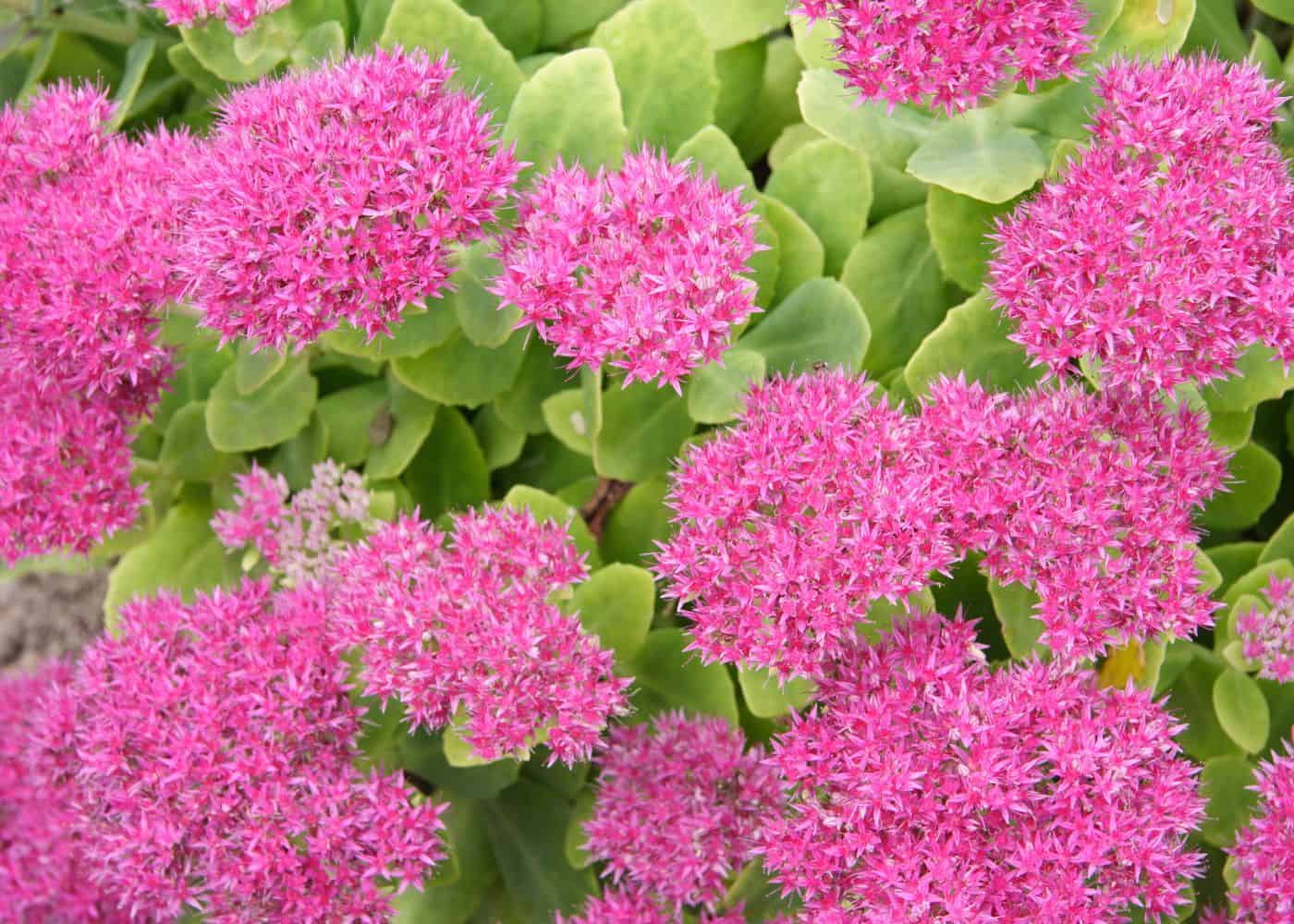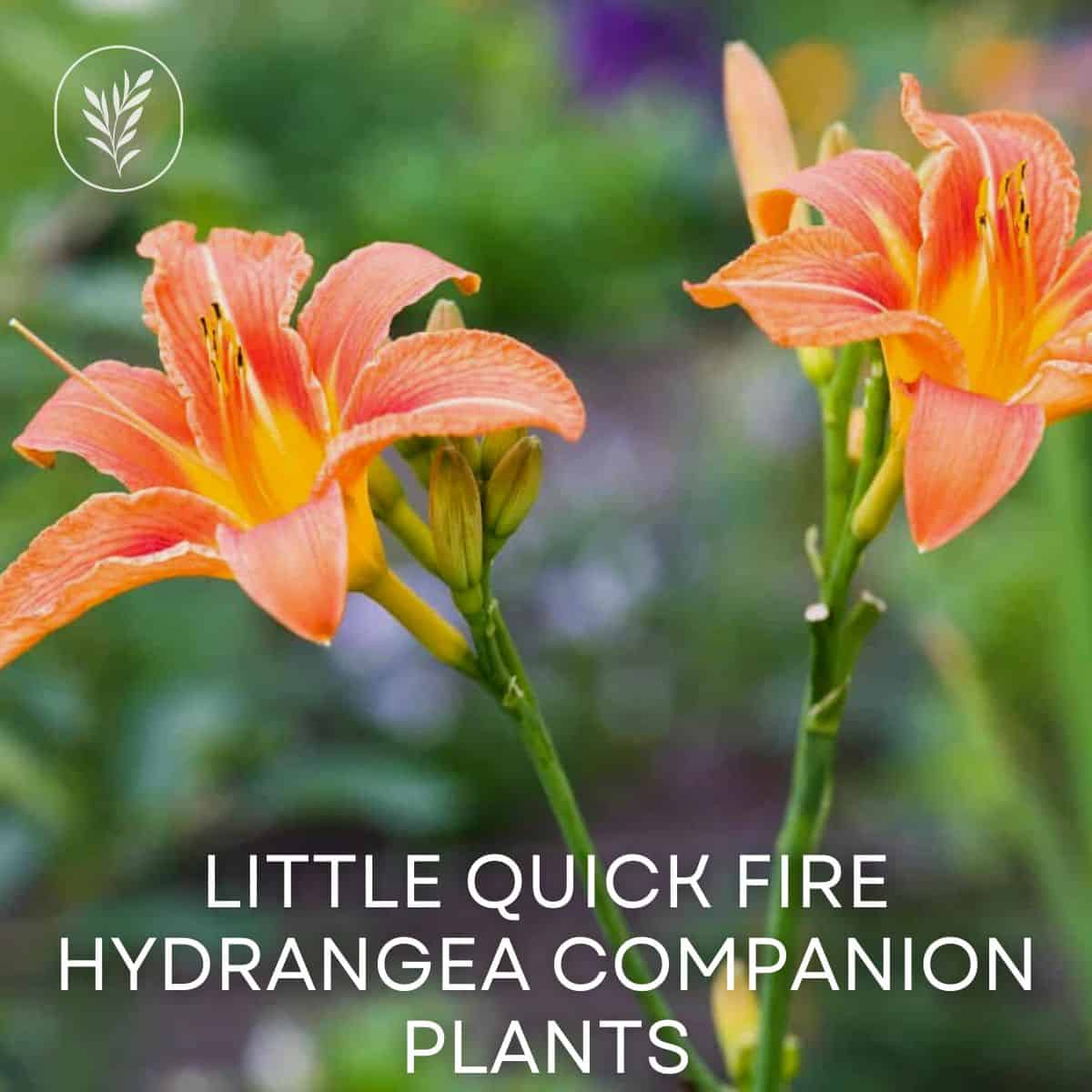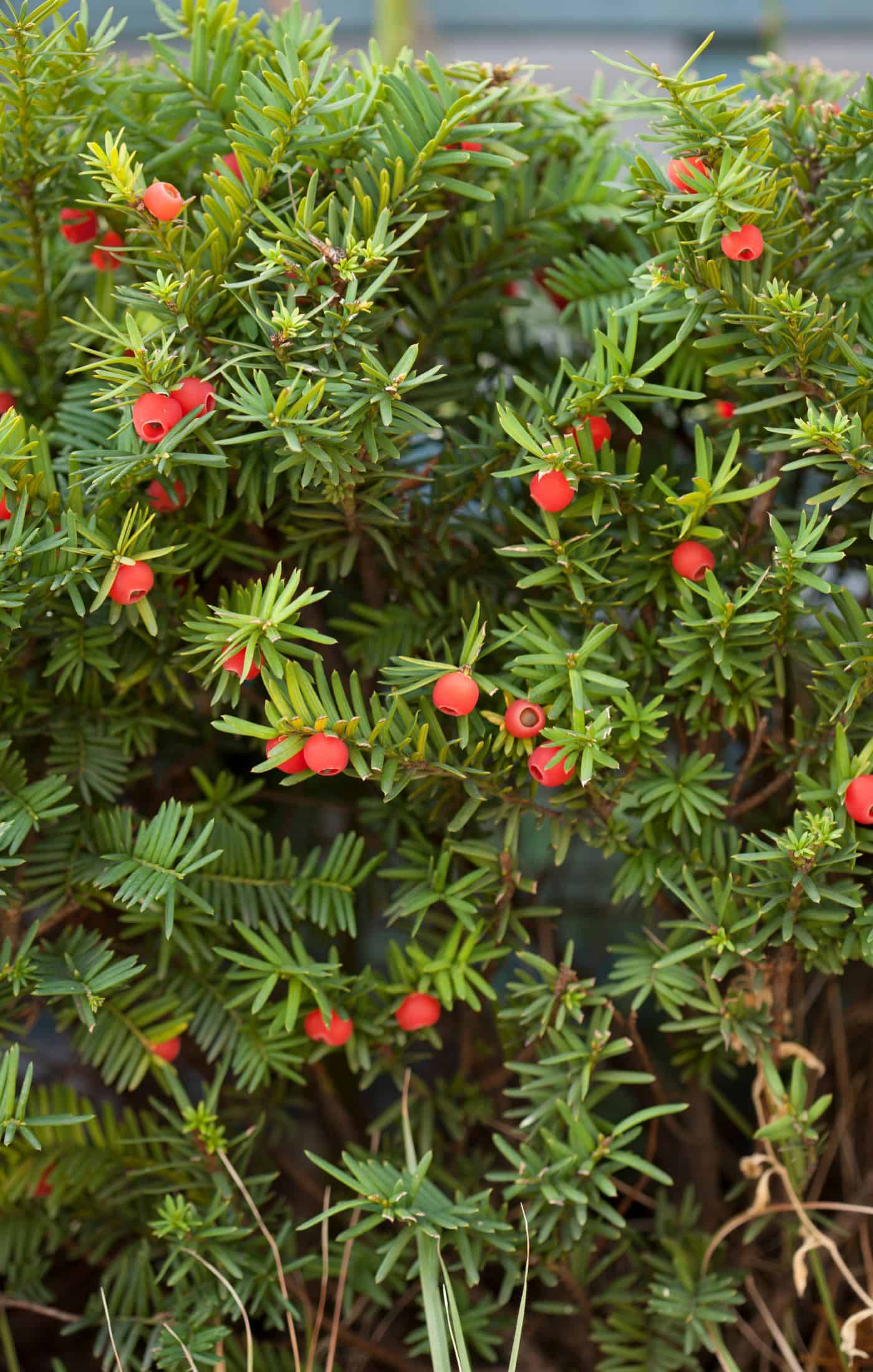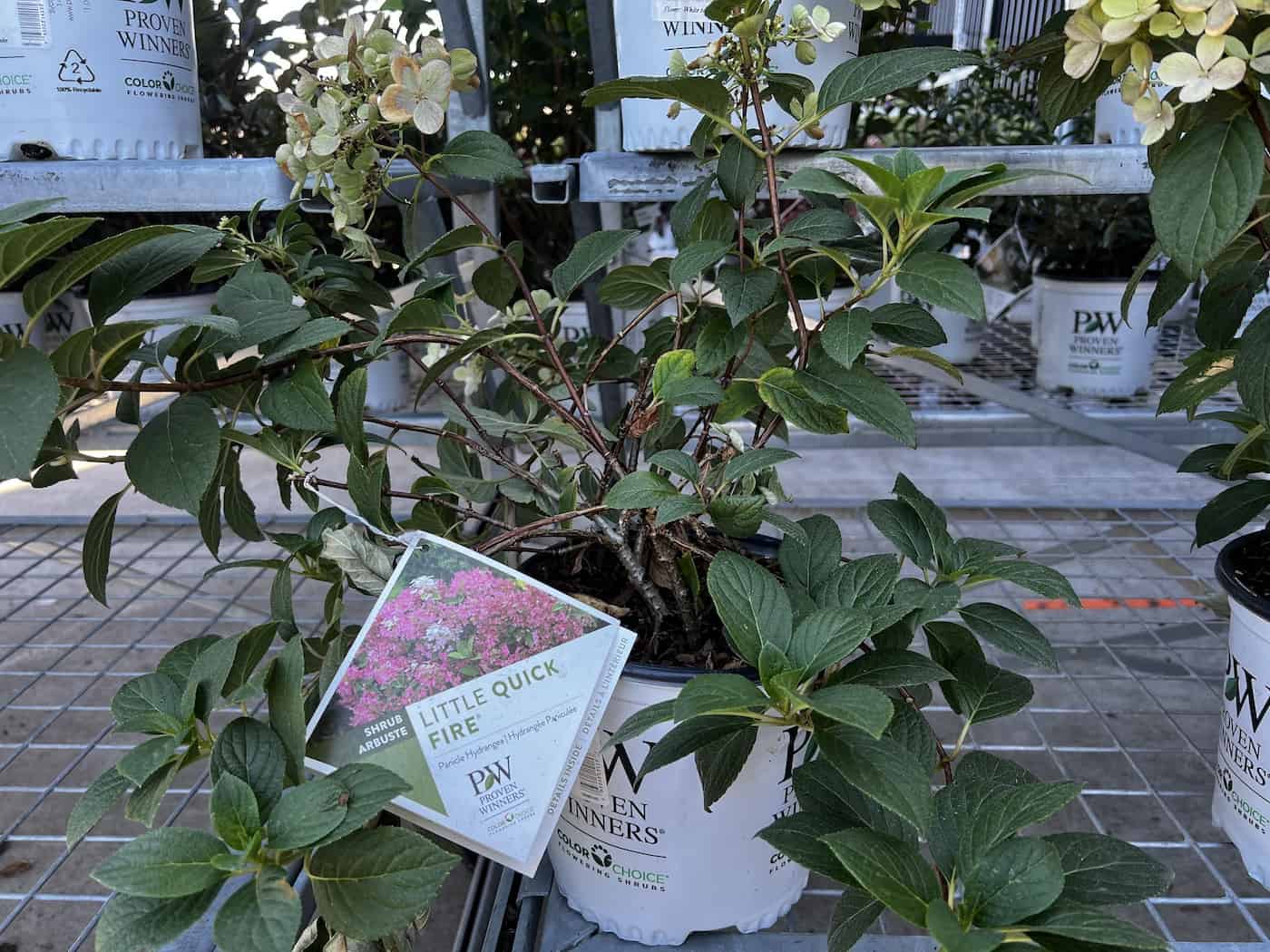Little Quick Fire Hydrangea Companion Plants That Will
Little Quick Fire Hydrangea Companion Plants That Will Brighten Your Garden
Little Quick Fire hydrangeas are a beautiful addition to any garden. Their vibrant colors and lush foliage can brighten up even the darkest corner. But what if you want to add even more beauty to your garden? By planting companion plants with your Little Quick Fire hydrangeas, you can create a truly stunning display.
In this blog post, we will discuss some of the best companion plants for Little Quick Fire hydrangeas. We will also provide tips on how to choose the right companion plants for your specific needs.
Why Plant Companion Plants?
There are many reasons to plant companion plants with your Little Quick Fire hydrangeas. Here are a few of the most important reasons:
- To add interest and variety to your garden. Companion plants can add different colors, textures, and heights to your garden. This can help to create a more visually appealing and interesting space.
- To attract pollinators. Many companion plants attract pollinators, such as butterflies, bees, and hummingbirds. These pollinators are essential for the pollination of flowers, which is necessary for the production of seeds.
- To improve the health of your hydrangeas. Some companion plants can help to improve the health of your hydrangeas by providing them with nutrients, shade, or protection from pests and diseases.
Choosing Companion Plants
When choosing companion plants for your Little Quick Fire hydrangeas, there are a few things you need to keep in mind. First, you need to consider the size and growth habit of your hydrangeas. Little Quick Fire hydrangeas are relatively small plants, so you will want to choose companion plants that are not too large or aggressive.
You also need to consider the sunlight and soil conditions in your garden. Little Quick Fire hydrangeas prefer full sun to partial shade and well-drained soil. You will want to choose companion plants that have similar sunlight and soil requirements.
Finally, you need to consider the color and timing of your hydrangeas' blooms. Little Quick Fire hydrangeas bloom in the summer, so you may want to choose companion plants that bloom at the same time or earlier in the season. You may also want to choose companion plants with different colors to create a more visually appealing display.
Some of the Best Companion Plants for Little Quick Fire Hydrangeas
Here are some of the best companion plants for Little Quick Fire hydrangeas:
- Hostas are shade-loving perennials that come in a wide variety of colors and sizes. They are a great choice for companion plants for Little Quick Fire hydrangeas because they have similar sunlight and soil requirements. Hostas also help to suppress weeds and improve the drainage in the soil.

- Daylilies are another great choice for companion plants for Little Quick Fire hydrangeas. They come in a wide variety of colors and bloom for several weeks in the summer. Daylilies are also relatively easy to care for.
- Yew is a coniferous shrub that can grow in full sun to partial shade. It is a good choice for companion plants for Little Quick Fire hydrangeas because it provides structure and contrast. Yews are also relatively low-maintenance plants.
- Holly is a evergreen shrub that can grow in full sun to partial shade. It is a good choice for companion plants for Little Quick Fire hydrangeas because it provides winter interest. Holly is also relatively easy to care for.
- Japanese forest grass is a shade-loving grass that can add texture and interest to your garden. It is a good choice for companion plants for Little Quick Fire hydrangeas because it has similar sunlight and soil requirements. Japanese forest grass is also relatively low-maintenance.
- Stonecrop is a succulent plant that can add color and interest to your garden. It is a good choice for companion plants for Little Quick Fire hydrangeas because it is drought-tolerant and can grow in full sun to partial shade. Stonecrop is also relatively easy to care for.

Conclusion
By planting companion plants with your Little Quick Fire hydrangeas, you can create a truly stunning display. With so many different companion plants to choose from, you are sure to find the perfect ones to complement your hydrangeas and add beauty and interest to your garden.
The Little Quick Fire hydrangea is a beautiful addition to any garden. Its vibrant red blooms and lush foliage can brighten up any space. But what companion plants should you choose to go with it?
Here are a few ideas:
- Hostas are a classic choice for hydrangea companions. They offer similar growing conditions and their large, broad leaves provide a nice contrast to the hydrangea's delicate blooms. [link to website address]
- Yews are another good option. They offer year-round interest with their dark green foliage, and they can help to provide structure to your garden.
- Daylilies are a colorful choice that will bloom all summer long. They're also relatively low-maintenance, so they're a good choice for busy gardeners.
- Stonecrop is a drought-tolerant succulent that can add some texture and interest to your garden. It's also a good choice for hot, dry climates.
- Japanese forest grass is a graceful and airy plant that will add movement and height to your garden. It's also deer-resistant, so you won't have to worry about the animals eating it.
No matter what your style or gardening preferences, there's sure to be a companion plant out there that's perfect for your Little Quick Fire hydrangea. So be sure to visit for more information and inspiration!
FAQ of little quick fire hydrangea companion plants
1. What are some good companion plants for little quick fire hydrangeas?
Little quick fire hydrangeas (Hydrangea paniculata 'Quick Fire') are a type of hydrangea that is known for its bright red and pink flowers. They are relatively low-maintenance plants and can be grown in a variety of soil conditions. When choosing companion plants for little quick fire hydrangeas, it is important to consider the following factors:
- Sunlight: Little quick fire hydrangeas prefer full sun, but they can also tolerate partial shade.
- Water: Little quick fire hydrangeas need regular watering, especially during the summer months.
- Soil: Little quick fire hydrangeas prefer well-drained soil.
- Height: Little quick fire hydrangeas can grow up to 6 feet tall, so it is important to choose companion plants that are of similar height.
- Color: Little quick fire hydrangeas have bright red and pink flowers, so it is important to choose companion plants that have complementary colors.
Some good companion plants for little quick fire hydrangeas include:
- Stonecrop: Stonecrop is a low-maintenance succulent that can tolerate full sun and poor soil conditions. It comes in a variety of colors, including red, pink, and yellow, which can complement the flowers of the little quick fire hydrangea.

- Daylilies: Daylilies are a type of perennial flower that blooms in the summer. They come in a variety of colors, including red, pink, yellow, and orange. Daylilies are relatively low-maintenance plants and can tolerate full sun and partial shade.
- Yew: Yew is a evergreen shrub that can tolerate full sun and partial shade. It comes in a variety of varieties, some of which have red or pink berries. Yew is a good choice for companion plants because it can provide winter interest when the little quick fire hydrangea is not in bloom.
- Holly: Holly is an evergreen shrub that can tolerate full sun and partial shade. It comes in a variety of varieties, some of which have red or pink berries. Holly is a good choice for companion plants because it can provide winter interest when the little quick fire hydrangea is not in bloom.
- Japanese forest grass: Japanese forest grass is a type of grass that can tolerate full sun and partial shade. It has a cascading habit and can add movement and texture to a garden bed. Japanese forest grass is a good choice for companion plants because it can provide contrast to the upright growth habit of the little quick fire hydrangea.
- Hostas: Hostas are a type of shade-loving perennial that comes in a variety of leaf colors, including green, yellow, blue, and purple. They are relatively low-maintenance plants and can tolerate moist soil. Hostas are a good choice for companion plants for little quick fire hydrangeas because they can provide shade and moisture to the hydrangeas.

2. How far apart should little quick fire hydrangeas be planted?
Little quick fire hydrangeas should be planted 8 to 10 feet apart, center to center. This will give them enough space to grow and spread. If you are planting them in a row, space them 12 to 15 feet apart.
3. What are the best soil conditions for little quick fire hydrangeas?
Little quick fire hydrangeas prefer well-drained, slightly acidic soil. The soil should have a pH of 6.0 to 6.5. If your soil is too alkaline, you can add peat moss or sulfur to lower the pH.
4. How much water do little quick fire hydrangeas need?
Little quick fire hydrangeas need regular watering, especially during the summer months. Water them deeply once a week, or more often if the weather is hot and dry.
5. How do I care for little quick fire hydrangeas in the winter?
Little quick fire hydrangeas are hardy in USDA zones 4 to 9. In colder climates, they may need some protection from the cold. You can wrap the stems with burlap or plant them in a sheltered location.
Image of little quick fire hydrangea companion plants
5 different images of "little quick fire hydrangea companion plants" from Pinterest:
- Stonecrop: Stonecrop is a low-growing succulent plant that comes in a variety of colors, including yellow, orange, red, and purple. It can be planted in full sun or partial shade and is drought-tolerant. Stonecrop can help to add color and interest to the base of the little quick fire hydrangea.

- Daylilies: Daylilies are another colorful option for companion plants for little quick fire hydrangea. They come in a wide variety of colors, including yellow, orange, red, pink, and white. Daylilies are also relatively easy to care for and can tolerate a variety of soil conditions.

- Yew: Yew is an evergreen shrub that can provide year-round interest in the garden. It is also relatively low-maintenance and can tolerate a variety of soil conditions. Yew can help to add height and structure to the planting bed and can also help to provide some winter interest.

- Holly: Holly is another evergreen shrub that can provide year-round interest in the garden. It is also relatively low-maintenance and can tolerate a variety of soil conditions. Holly can help to add height and structure to the planting bed and can also help to provide some winter interest.

- Japanese forest grass: Japanese forest grass is a tall, graceful grass that can add movement and interest to the garden. It is relatively easy to care for and can tolerate a variety of soil conditions. Japanese forest grass can help to fill in the space around the little quick fire hydrangea and can also help to add some height to the planting bed.

Post a Comment for " Little Quick Fire Hydrangea Companion Plants That Will"